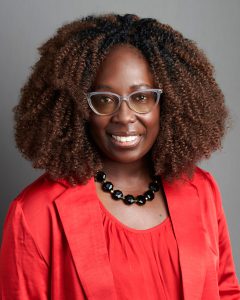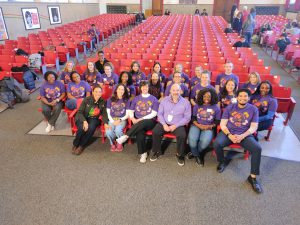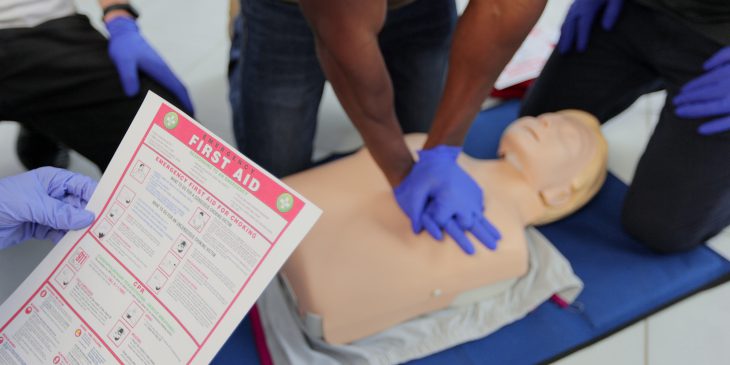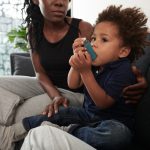Sylvia Owusu-Ansah, M.D., MPH, EMS medical director of UPMC Children’s Hospital of Pittsburgh and associate professor of pediatrics and emergency medicine is passionate about her patients and is on a mission to empower communities by teaching bystander CPR (bCPR). According to the National Institute of Health, Black and hispanic people are less likely to receive potentially lifesaving bystander CPR than white people. Her article, published in the New England Journal of Medicine shares how Owusu-Ansah and a team of UPMC and Pitt faculty and trainees are saving lives by teaching bCPR to student athletes and children from marginalized communities.

Dr. Sylvia Owusu-Ansah
Since 2021, Owusu-Ansah has hosted “Save A Life Day” at Arsenal Middle School in the Lawrenceville neighborhood in Pittsburgh, where Owusu-Ansah and a team of UPMC attending physicians teach students how to perform bCPR.
The event is through the school’s Career Help Advancement and Achievement Mentorship Program and is a collaborative effort with UPMC Children’s Hospital of Pittsburgh, UPMC’s Department of Emergency Medicine, UPMC Children’s Hospital of Pittsburgh Foundation, and the University of Pittsburgh Graduate School of Public Health.

Dr. Sylvia Owusu-Ansah along with CHAMP team for “Save A Life Day” at Arsenal Middle School.
Owusu-Ansah shared that children as young as 9 have the capability to perform CPR. At Arsenal Middle School, students aged 11 to 14 were introduced to bCPR training and were taught about the “bystander effect” – the concept that people are less likely to intervene in emergencies if other people are present. Students were empowered to help victims and to perform bCPR immediately when someone goes into cardiac arrest.
The curriculum expanded in 2023 when Owusu-Ansah began a collaboration with the University of Pittsburgh Athletics Department and local bCPR educators to teach student athletes how to perform bCPR. With cardiac arrest as the most common cause of student athlete death, educating and equipping athletes can lead to intervention for their teammates.

Dr. Sylvia Owusu-Ansah and Dr. Rickquel Tripp at the American Heart Association’s Go Red for Women Event.
In the last year alone, Owusu-Ansah and her partners have educated over 500 Division I student athletes and over 1,000 community members. A student athlete intervened when a member of their family went into cardiac arrest. They cite the bCPR training as the reason why they were able to save a life. In a survey conducted at Arsenal Middle School, the results showed that the students’ knowledge of CPR increased to 75% from 12.5% before the bCPR curriculum was implemented.
“How great would it be to know that if you went into cardiac arrest anywhere in the world, anyone would be able to save you? My hope is that everyone will be able to learn how to save a life through bCPR, because every life is worth saving, and people who go into cardiac arrest deserve a chance to live again,” said Dr. Owusu-Ansah.
For more information, please visit the following resources Akoma United, UPMC Minutes Matter, American Heart Association, and Center for Cardiac Arrest Survival.








